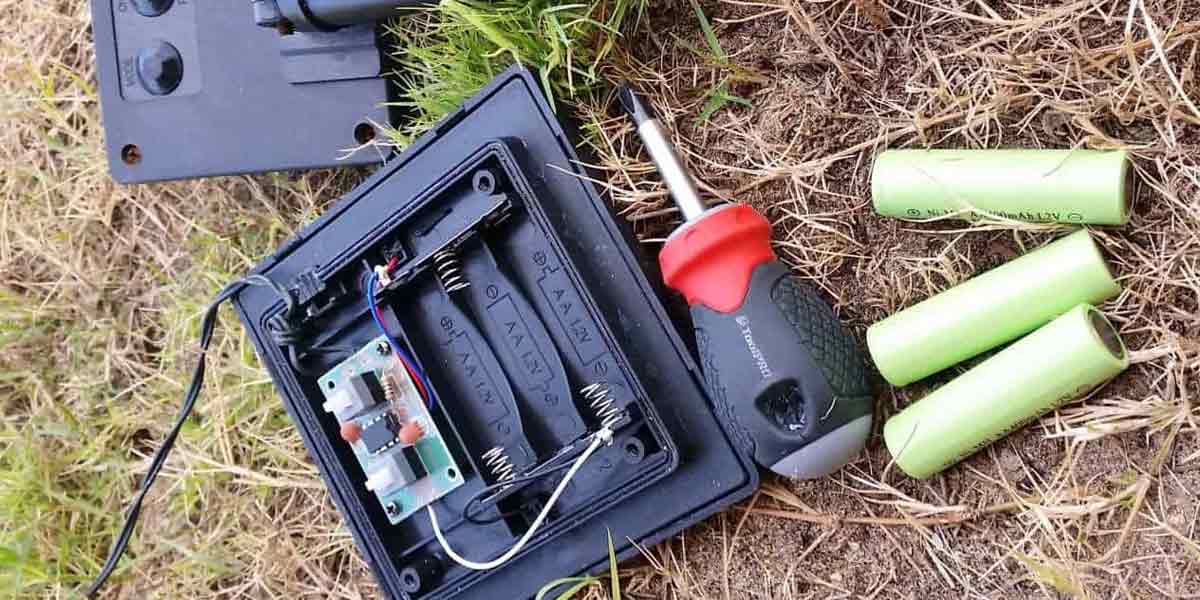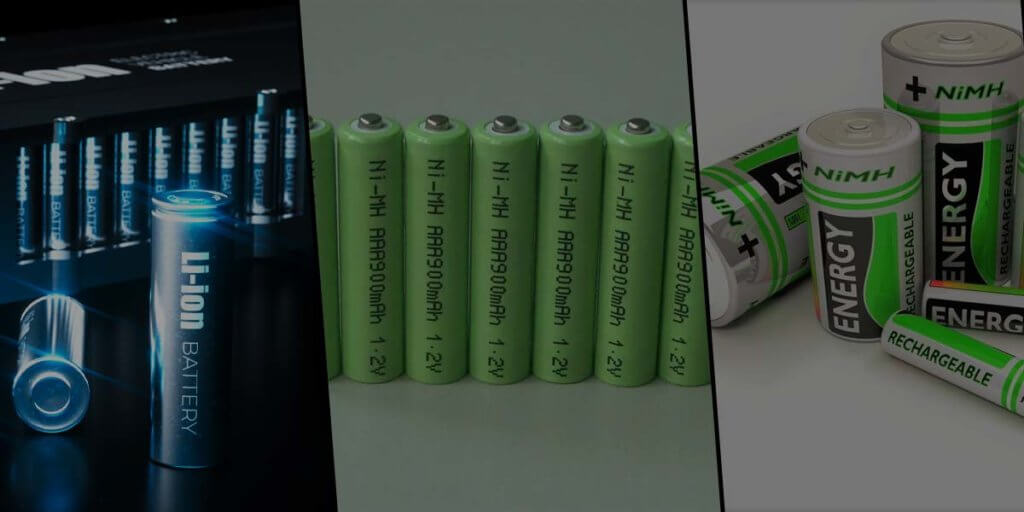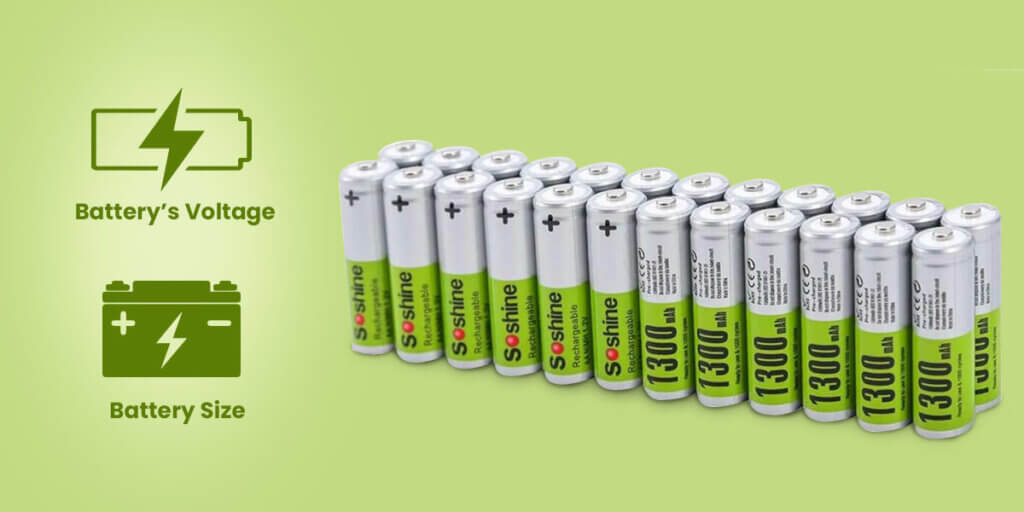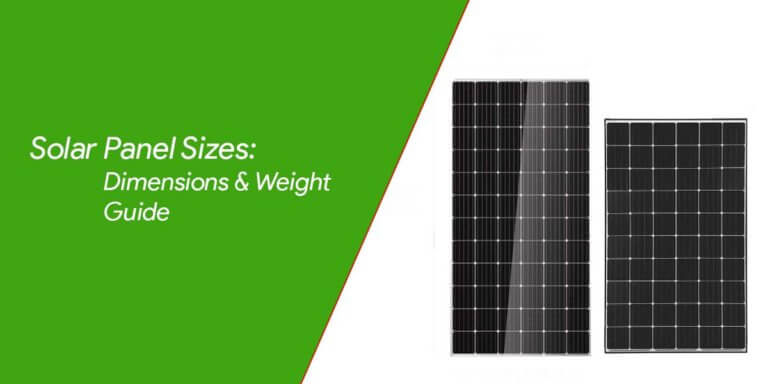Can I Use a Higher mAH Battery in Solar Lights?

Solar lights are powered by rechargeable batteries. These batteries have an mAH rating, which stands for milliampere-hour. This number indicates the battery’s capacity to store charge and is generally higher than the actual voltage to accommodate pulse width modulation (PWM).
PWM controls the amount of power used in a device with a microprocessor that regulates power consumption related to load input, such as light output.
You should always use batteries compatible with your devices, and don’t forget to store them properly when they aren’t in use. Now this raises the question, can i use a higher mAH battery in solar lights, if you want to use high power batteries in solar lights.
Do You Need Special Batteries for Solar Lights?
Solar lights do not require any additional batteries to function. They use one of two types of rechargeable batteries used in solar lights: NiCd (Nickel Cadmium) or NiMH (Nickel Metal Hydride) rechargeable batteries. Both of these batteries are also interchangeable so that you can put them in either direction.
Solar lights do not require any special batteries. Any rechargeable battery on the market will suffice if it meets the solar lights’ voltage and current requirements. Solar flashlights are powered by rechargeable batteries, which are included when you purchase them.
What are The Types of Solar Batteries?

There are many different types of batteries, but lithium-ion batteries, nickel-cadmium batteries, and nickel-metal hydride batteries are the most prevalent in solar lights.
1. Lithium-ion Batteries
Lithium batteries are those that have Li as their anode. During discharge, the charge moves from anode to cathode, and during charging, it moves from cathode to anode.
Lithium batteries were first launched in the late ’90s. These batteries have fundamentally transformed the portable electronics market, such as cellular phones and laptop computers.
Features of lithium-ion batteries
- They’re small and light, with a 10% self-discharge rate that’s modest compared to other battery kinds.
- They also don’t have a memory effect and have a lifespan of up to 1000 cycles, making them the best rechargeable battery type available.
- The main disadvantage is that they are very pricey, so if you are seeking a more cost-effective solar light battery, this type may not be for you.
2. Nickel Metal Hydride Batteries
In comparison to lead-acid batteries, NiMH batteries have higher power and energy density and a significantly longer life cycle. They’re also fully safe, and the status of the charge of the battery has no bearing on their power output.
The NiMH cells are most likely high-current cells. Features of nickel-metal hydride batteries:
- Due to their inexpensive cost, long lifespan, and low self-discharge, Ni-MH batteries are the most prevalent solar light battery type.
- Ni-MH batteries come in various sizes, capacities, voltages, and currents to meet any type of solar light.
- On the other hand, the battery life is limited to 5 years or less.
3. Nickel Cadmium Batteries
The nickel-cadmium battery is a rechargeable battery made of nickel oxide hydroxide and metallic cadmium. Ni-Cd batteries have a unique set of characteristics that make them stand out in practically every area, and they’re adaptable enough to work in almost any situation.
Because NiCd batteries deliver a constant charge, the solar lamps maintain a consistent level of illumination. However, when the battery’s charge energy is depleted, the light turns off randomly. The lamp is likely to turn off without warning.
- This type of battery, unlike Li-ion batteries, suffers from the memory effect and has roughly 20% self-discharge, making it less efficient.
- Although Ni-Cd batteries do not last as long as Li-ion batteries, they are three times less expensive, making them an excellent alternative.
Can You Use Regular Batteries In Solar Lights
No. Regular batteries, such as alkaline-based batteries, are not suitable for use in solar lights because they are supposed to be discarded once they have run out of power. The interaction between zinc metal and manganese dioxide provides energy for these batteries.
They are not rechargeable batteries, and putting them in solar lights can cause the entire solar unit to be permanently damaged. On the other hand, regular batteries can be used to power your solar lights for a limited time until you can arrange for solar batteries.
Can You Use a Higher mAh Battery in Solar Lights?
Yes, you can use a wide variety of batteries in solar lights. Using a wide variety of batteries has several benefits. As you saw before, with the LED and the two batteries with differing mAh ratings, increasing a battery’s capacity increases the number of hours the LED can stay on for. Here are some of the benefits of replacing your solar light’s battery with a higher mAh battery.
- Solar lights come with low-capacity rechargeable batteries that run out in less than an hour or two.
- The solar light will stay on longer during the night if the battery mAh rating is increased.
- The third benefit of using a bigger mAh battery is that it can be used on days when the sun is not shining. There’s a chance you’ll get one day of sunshine.
Factors You’ll Have to Consider to be able to Use a Higher MAH Battery in Solar Lights

It is possible to replace a lower capacity rechargeable battery with a larger capacity one, but there are a few variables to consider before doing so.
1. Battery’s Voltage
When replacing a regular solar light battery with a larger mAh one, the battery’s voltage is the first thing to consider. The maximum voltage that the solar lamp can withstand will be specified (largely determined by the voltage rating of the light-emitting diodes).
You must ensure that the battery you choose does not exceed these maximum ratings, or you risk destroying the battery’s components. You will also be unable to generate enough power to run the light-emitting diodes if you use a low-voltage battery.
2. Battery Size
The battery’s size and form are the following considerations (physical dimensions). Batteries that can be recharged come in a range of shapes and sizes. The most popular sizes of rechargeable batteries are shown below:
- AAA
- AA
- C
- D
- 9 Volt
Solar lights come in various shapes and sizes, which necessitates the usage of several types of rechargeable batteries. You’ll need to make sure the battery you’re replacing is the same size as the original.
Conclusion
In this article, we have informed you about the different factors you should consider when deciding on changing the solar light battery. We have also informed you about the different types of rechargeable batteries that can be used. If you have any queries regarding this topic, feel free to use the comment section below, and we will get back to you with answers.






